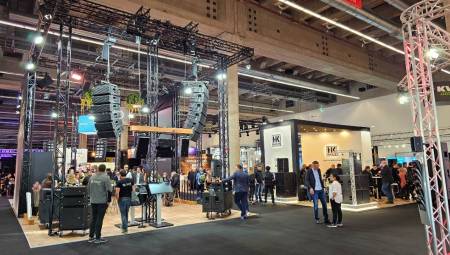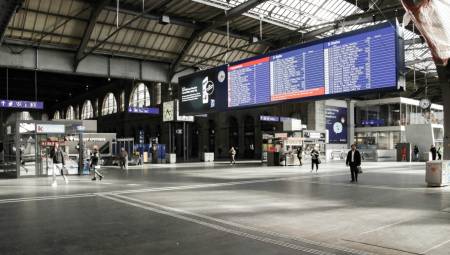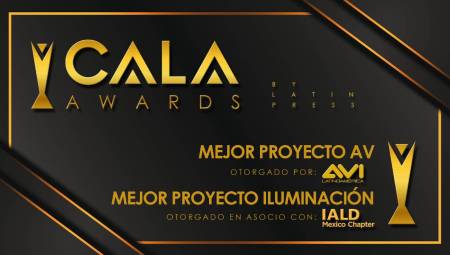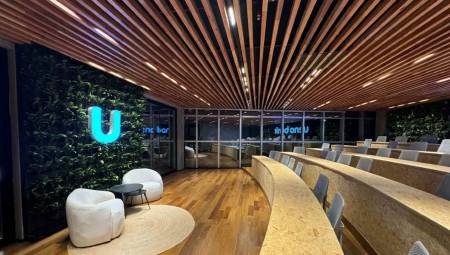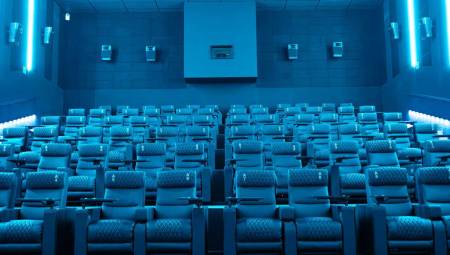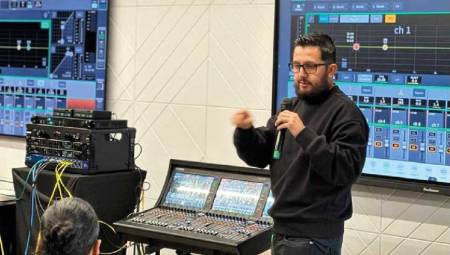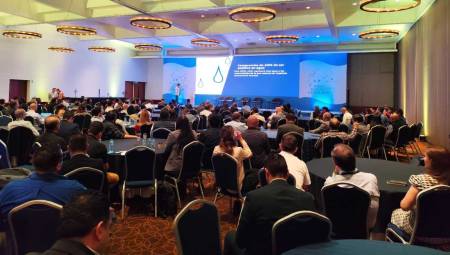 Latin America. Efficiency in consumption, minimum environmental impact and low budgetary resources for the maintenance of projects, are key aspects in the processes of installation of public lighting.
Latin America. Efficiency in consumption, minimum environmental impact and low budgetary resources for the maintenance of projects, are key aspects in the processes of installation of public lighting.
The modern world, which moves at the pace of technological advances, forces cities to be more efficient and sustainable, and street lighting is one of the best ways to initiate this type of change. Studies indicate that 20% of the energy expenditure of a city corresponds to this field, which is why the possibilities of savings presented by new technologies are very high.
Here, lighting with LED luminaires begins to play a decisive role, which provide better performance, generate savings in consumption and contribute to the care of the environment, beautifying cities and helping administrations to free up resources in the medium and long term.
According to the Climate Group's Lightsavers study, a two-and-a-half-year independent global pilot test on LED street lighting in 12 major cities around the world, this type of luminaire achieved energy savings of between 50 and 70%, and about 80% when combined with smart controls.
Most of the products tested in the aforementioned research, which were created and developed by Philips exceeded local lighting standards. The commercial LED products that were tested recorded 50,000 to 100,000 hours of service life, indicating a high return on investment.
This report showed that LEDs are ready to be installed in communities and cities around the world, as their technology is efficient, scalable and has a positive impact on the public. It's the Clean Revolution in action. All that is needed is for governments to remove public policy obstacles and allow for a rapid transition to low-carbon lighting.
The contributions of smart lighting to large metropolises are not only appreciated in cost savings and in the generation of energy efficiency, but also allows the creation of habitable environments, with lighting of buildings and monuments, either permanently or in special celebrations.
Lighting with LED luminaires provides a number of benefits compared to lighting with conventional lamps, since the first one gives great versatility and flexibility for both designers and architects and technicians. Likewise, these LED bulbs allow you to play with color, intensity and speed of change, among others, which facilitates the formation of dynamic and adaptable environments to the diverse needs not only of the areas that are to be illuminated, but of the population that lives there.
The development of better lighting and street lighting systems aims to provide a better quality of life for people living in cities. It is expected that in 2020 two out of three citizens will live in cities, so the design, management and sustainability of the same should be a reason of concern for the different agents involved in the processes of configuration of public spaces and environments so that the community feels good and comfortable in them.
It is clear that large capitals need an urgent boost of modernization and at Philips we are contributing to this purpose by developing innovative products, created with users in mind who are always in our plans to improve their living conditions.
With modern lighting, in addition to obtaining energy and economic savings, companies specialized in the development of this type of products provide exclusive, flexible, sustainable and integrated solutions that will be imposed in the future for the benefit of all our users.
*Text written by Omar Velis Figueroa, Product Manager PLS Outdoor North Latam.




